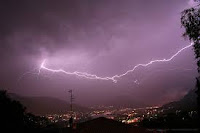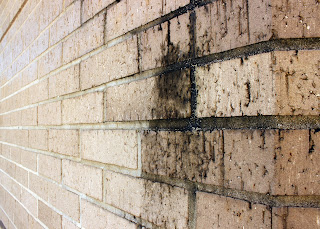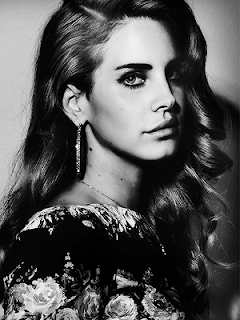Aperture, Shutter Speed and ISO
APERTURE
3200:

Example of a photo taken at aperture setting F2.8:
F16:
1. We should relate aperture to our pupils.
2. The smaller the Aperture the larger the F-stop is, the higher the Aperture the smaller the F-stop is.
3. Aperture impacts Depth of Field because it changes the focusing on objects and the amount of blur shown in photos.
SHUTTER SPEED
High Shutter speed:
Slow Shutter Speed:
1.
GOOD LIGHTING
a). a booth in the middle of the yard near the tree- FAST
b). a food booth outside under one of the big red awnings- SLOW
c). the Stars performance inside the gym- FAST
d). students dancing near the center of the courtyard- FAST
e). people streaming in from the front doors- LONG
f). the basketball booth where people are shooting basketballs at a hoop- FAST
DARK
a).). a booth in the middle of the yard near the tree- LONG
b). a food booth outside under one of the big red awnings- LONG
c). the Stars performance inside the gym- FAST
d). students dancing near the center of the courtyard- LONG
e). people streaming in from the front doors- SLOW
f). the basketball booth where people are shooting basketballs at a hoop- FAST
2.
Aperture Priority- You set the aperture and the shutter speed is automatically set.
Shutter Priority- YOU set the shutter speed and the aperture setting is automatically set.
Manual- Manually setting up both shutter speed and aperture.
ISO
200:

1. The advantage of shooting at a higher ISO is that it catches the picture quickly.
2. Using a low ISO is better with plenty of light because it gives you a clearer picture and more detail.
3. Using a high ISO is when there's not enough lighting for the camera to capture a quick photo.
DSLR Camera
Aperture- 2.8, 4, 5.6, 8, 11, 16, 22.
Shutter Speed- 1 SEC, 1/60 SEC, 1/4000SEC
ISO- 100, 200, 400, 800, 1600, 3200, 6400, 12800, 25600







Comments
Post a Comment